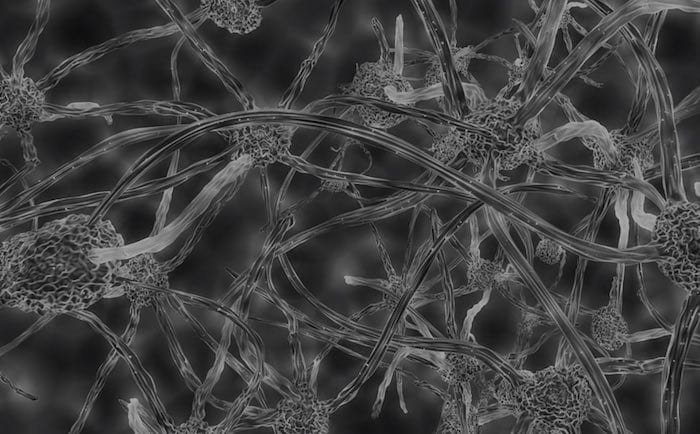CATMUDPILES
aka Metabolic Muddle 007
76 year old male living alone. Found obtunded at home by neighbors. Breathing rapidly and muttering incoherently. No other history available.
Admission arterial blood gas shown (note that despite the labeling this specimen is arterial):
Questions
Q1: Describe the arterial blood gas results
Answer and interpretation
The first step: is the patient acidaemic or alkalaemic?
there is severe acidaemia
The second step: is there a metabolic acidosis or a respiratory acidosis or both?
there is a severe metabolic acidosis
The third step: is there appropriate compensation?
- The estimated expected CO2 is 1.5xHCO3 + 8
- i.e. approximately 13 so its pretty close
The fourth step: what is the nature of the metabolic acidosis?
The anion gap is markedly elevated at 35 [(Na+ K+) – (Cl-+HCO3-)]
The fifth step: is there a coexistent normal anion gap acidosis or pre-existing metabolic alkalosis?
If the high anion gap acidosis is the only metabolic disturbance, the bicarbonate drops by the same degree that the anion gap rises.
- In this case, assuming a normal anion gap of 12, the anion gap has increased by 23 while the HCO3- has decreased by 23.
- Assuming a normal HCO3- of 26 the bicarbonate has decreased by 23 to finish up at 3.
- So the high anion gap metabolic acidosis is the only metabolic disturbance.
If the bicarbonate drops less than anticipated, it must have started off at a higher level than you normally expect (i.e. there must be a pre-existing metabolic alkalosis)
If the bicarbonate drops more than anticipated, there must be another source of acidosis (i.e. a co-existent normal anion gap acidosis)
The final step: summarise
There is a severe high anion gap metabolic acidosis (HAGMA) with appropriate respiratory compensation
Q2: What are the causes of metabolic acidosis with raised anion gap?
Answer and interpretation
The simple way of remembering is to remember only four, using the mnemonic LTKR (“left total knee replacement”):
- Lactate
- Toxins
- Ketones
- Renal failure
The complicated way is to use the mnemonic CAT-MUDPILES:
- Cyanide, carbon monoxide
- Alcoholic ketoacidosis
- Toluene
- Methanol, metformin
- Uraemia
- Diabetic ketoacidosis
- Phenformin, pyroglutamic acid, paraldehyde, propylene glycol, paracetamol
- Iron, isoniazid
- Lactate (numerous causes)
- Ethanol, ethylene glycol
- Salicylates
Q3. What happened in this case?
Case Outcome
In this case the cause was renal failure:


CLINICAL CASES
Metabolic Muddle
Intensivist in Wellington, New Zealand. Started out in ED, but now feels physically ill whenever he steps foot on the front line. Clinical researcher, kite-surfer | @DogICUma |

